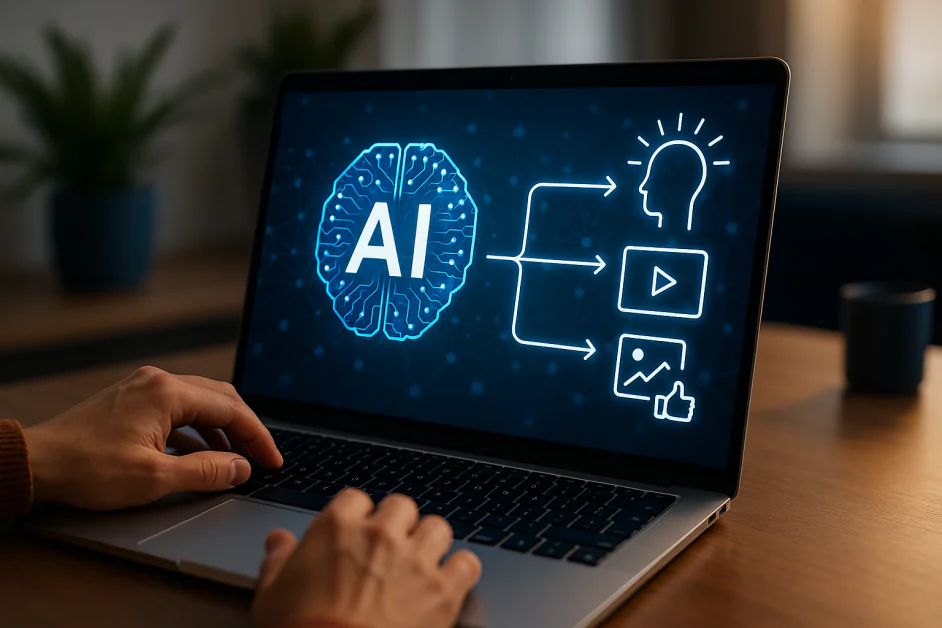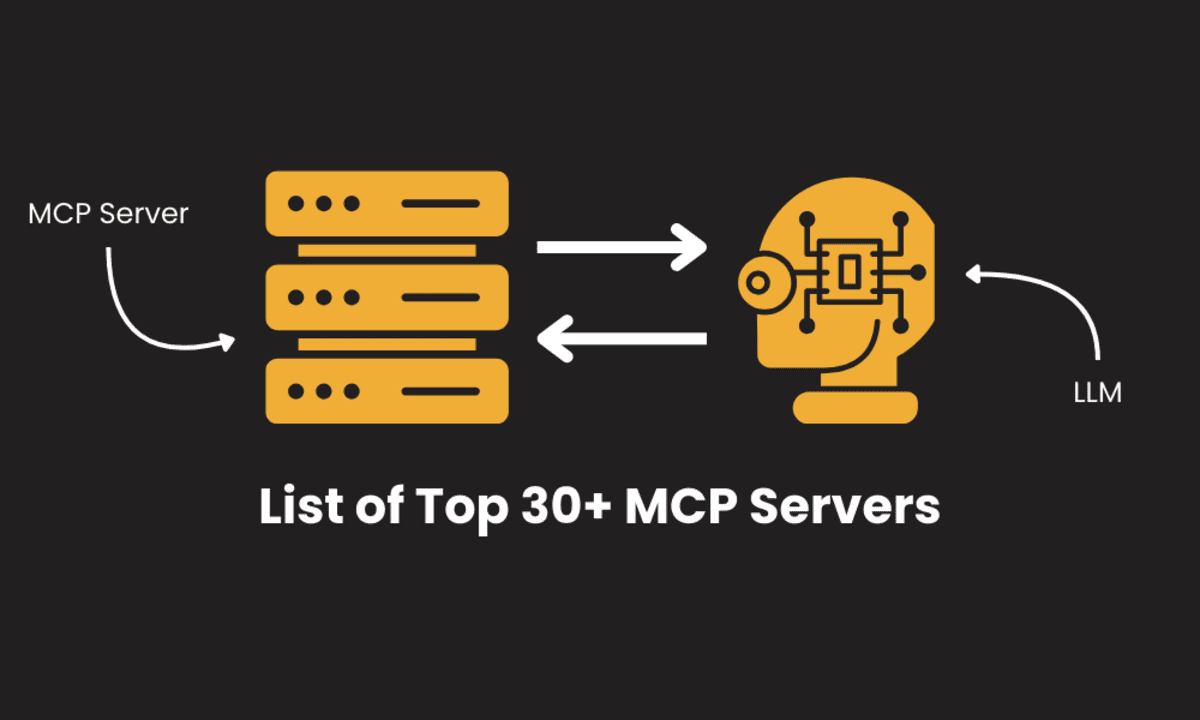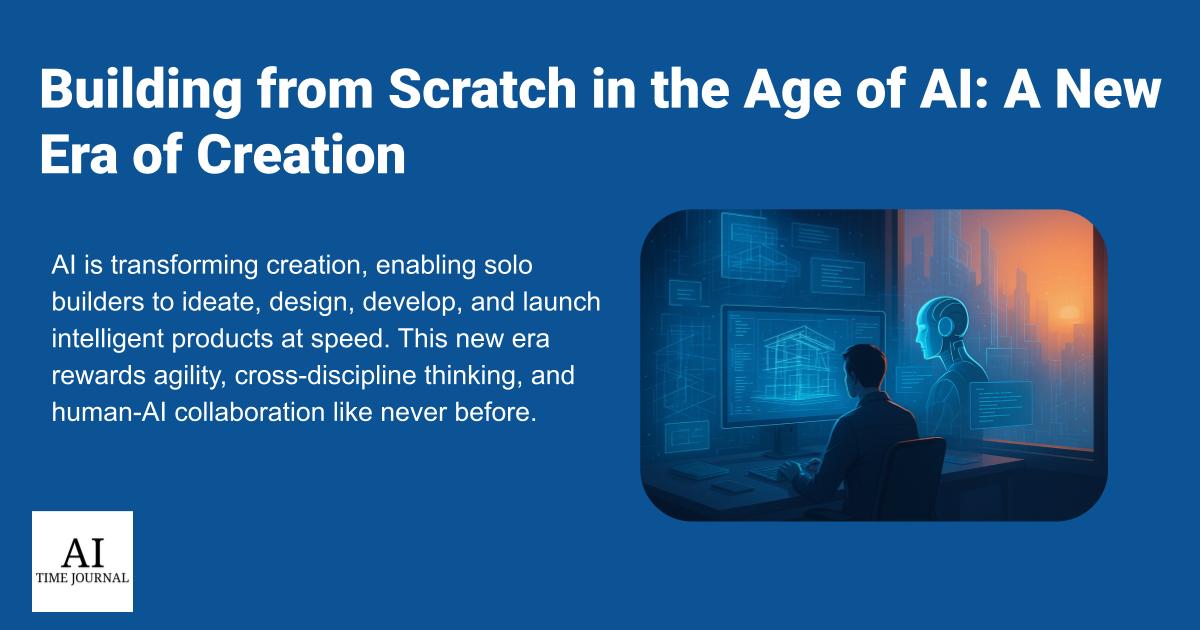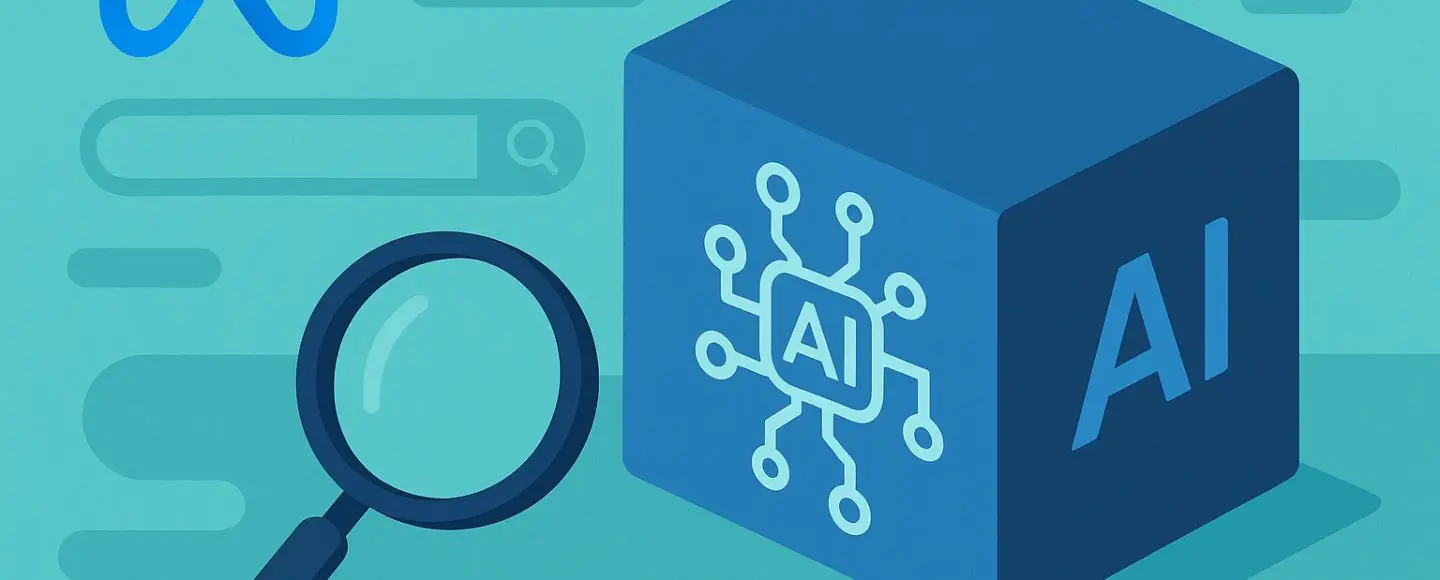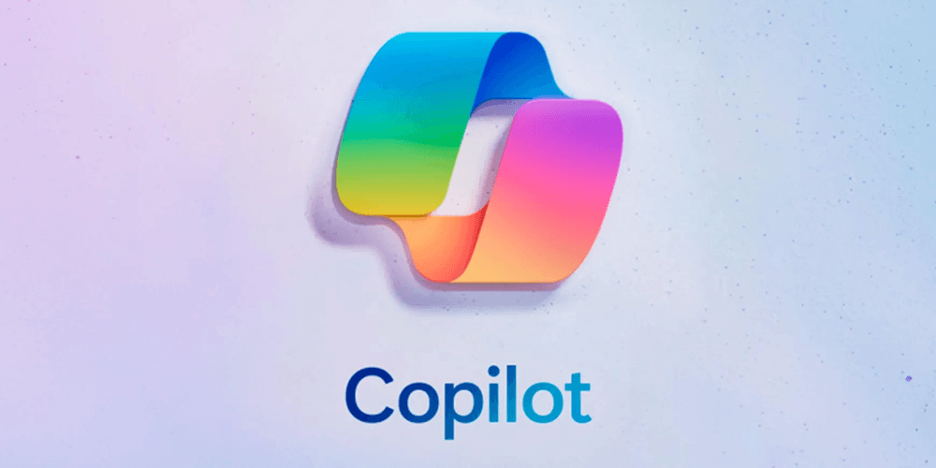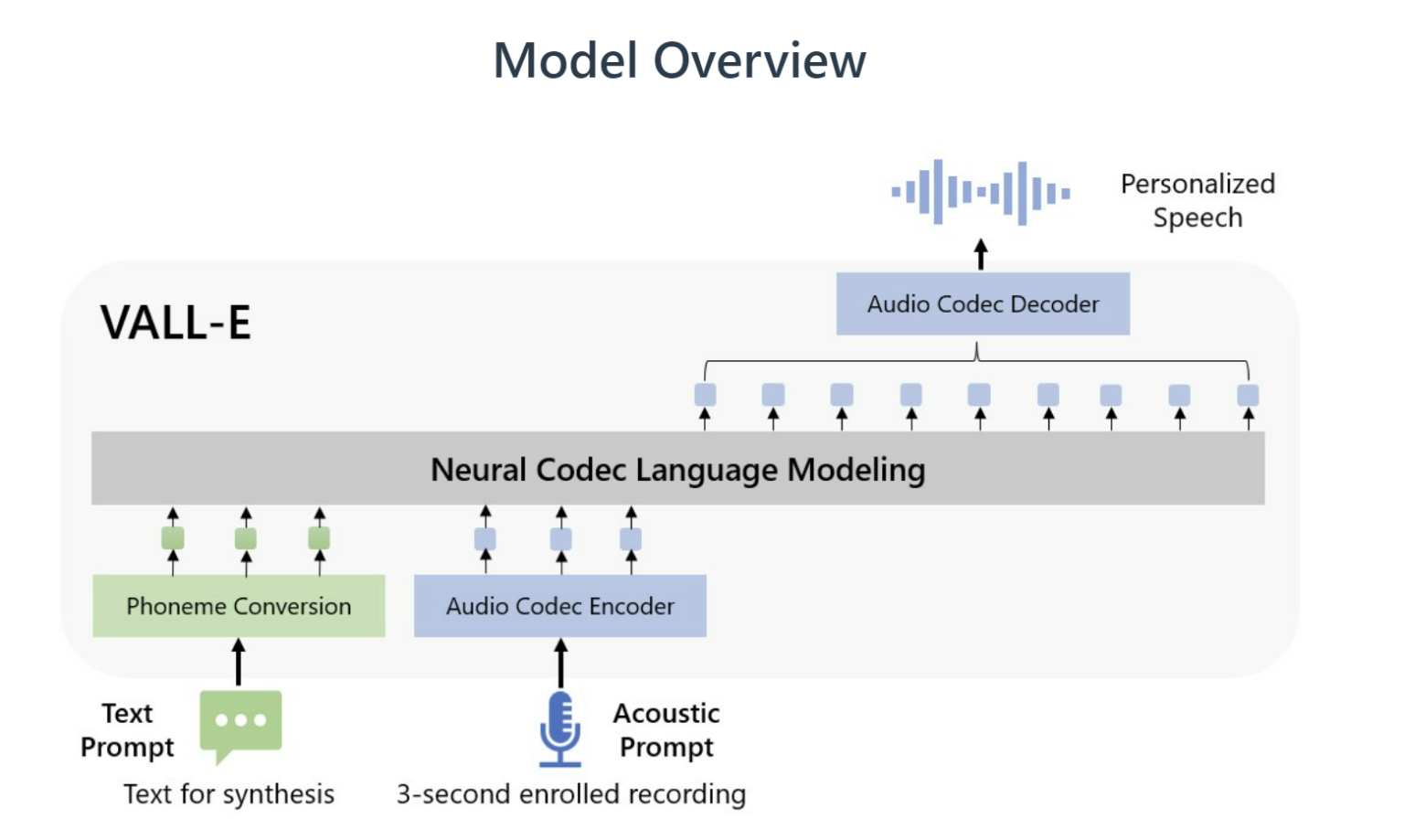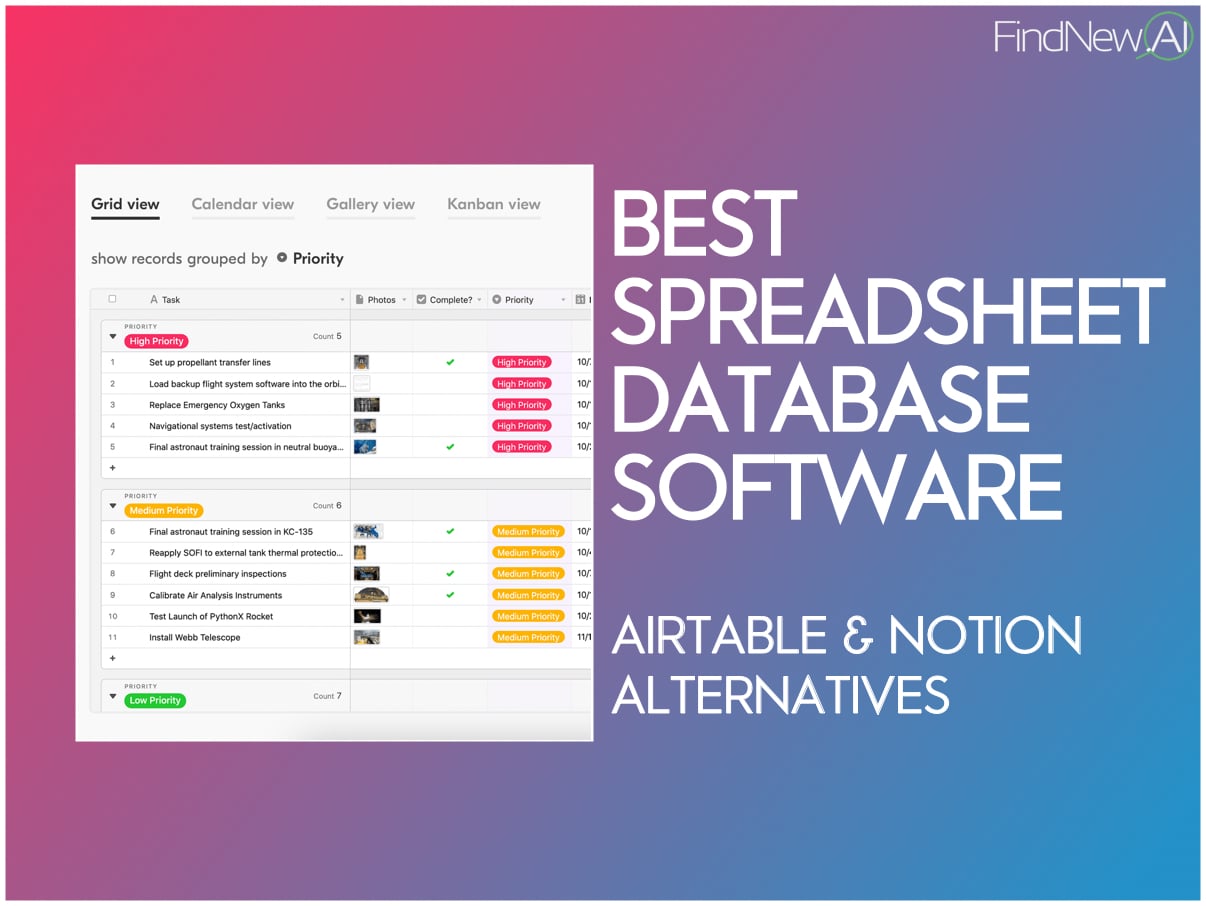Enhancing AI Inference: Advanced Techniques and Best Practices
When it comes to real-time AI-driven applications like self-driving cars or healthcare monitoring, even an extra second to process an input could have serious consequences. Real-time AI applications require reliable GPUs and processing power, which has been very expensive and cost-prohibitive for many applications – until now. By adopting an optimizing inference process, businesses can […] The post Enhancing AI Inference: Advanced Techniques and Best Practices appeared first on Unite.AI.
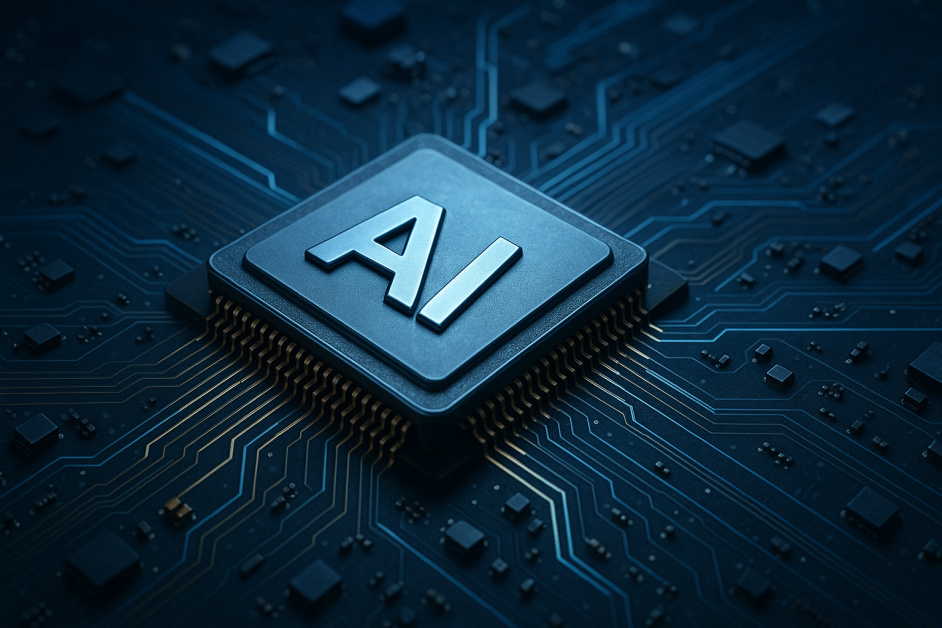
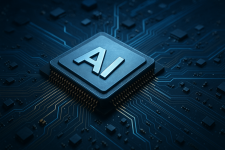
When it comes to real-time AI-driven applications like self-driving cars or healthcare monitoring, even an extra second to process an input could have serious consequences. Real-time AI applications require reliable GPUs and processing power, which has been very expensive and cost-prohibitive for many applications – until now.
By adopting an optimizing inference process, businesses can not only maximize AI efficiency; they can also reduce energy consumption and operational costs (by up to 90%); enhance privacy and security; and even improve customer satisfaction.
Common inference issues
Some of the most common issues faced by companies when it comes to managing AI efficiencies include underutilized GPU clusters, default to general purpose models and lack of insight into associated costs.
Teams often provision GPU clusters for peak load, but between 70 and 80 percent of the time, they’re underutilized due to uneven workflows.
Additionally, teams default to large general-purpose models (GPT-4, Claude) even for tasks that could run on smaller, cheaper open-source models. The reasons? A lack of knowledge and a steep learning curve with building custom models.
Finally, engineers typically lack insight into the real-time cost for each request, leading to hefty bills. Tools like PromptLayer, Helicone can help to provide this insight.
With a lack of controls on model choice, batching and utilization, inference costs can scale exponentially (by up to 10 times), waste resources, limit accuracy and diminish user experience.
Energy consumption and operational costs
Running larger LLMs like GPT-4, Llama 3 70B or Mixtral-8x7B requires significantly more power per token. On average, 40 to 50 percent of the energy used by a data center powers the computing equipment, with an additional 30 to 40 percent dedicated to cooling the equipment.
Therefore, for a company running around-the-clock for inference at scale, it’s more beneficial to consider an on-premesis provider as opposed to a cloud provider to avoid paying a premium cost and consuming more energy.
Privacy and security
According to Cisco’s 2025 Data Privacy Benchmark Study, “64% of respondents worry about inadvertently sharing sensitive information publicly or with competitors, yet nearly half admit to inputting personal employee or non-public data into GenAI tools.” This increases the risk of non-compliance if the data is improperly logged or cached.
Another opportunity for risk is running models across different customer organizations on a shared infrastructure; this can lead to data breaches and performance issues, and there is an added risk of one user’s actions impacting other users. Hence, enterprises generally prefer services deployed in their cloud.
Customer satisfaction
When responses take more than a few seconds to show up, users typically drop off, supporting the effort by engineers to overoptimize for zero latency. Additionally, applications present “obstacles such as hallucinations and inaccuracy that may limit widespread impact and adoption,” according to a Gartner press release.
Business benefits of managing these issues
Optimizing batching, choosing right-sized models (e.g., switching from Llama 70B or closed source models like GPT to Gemma 2B where possible) and improving GPU utilization can cut inference bills by between 60 and 80 percent. Using tools like vLLM can help, as can switching to a serverless pay-as-you-go model for a spiky workflow.
Take Cleanlab, for example. Cleanlab launched the Trustworthy Language Model (TLM) to add a trustworthiness score to every LLM response. It’s designed for high-quality outputs and enhanced reliability, which is critical for enterprise applications to prevent unchecked hallucinations. Before Inferless, Cleanlabs experienced increased GPU costs, as GPUs were running even when they weren’t actively being used. Their problems were typical for traditional cloud GPU providers: high latency, inefficient cost management and a complex environment to manage. With serverless inference, they cut costs by 90 percent while maintaining performance levels. More importantly, they went live within two weeks with no additional engineering overhead costs.
Optimizing model architectures
Foundation models like GPT and Claude are often trained for generality, not efficiency or specific tasks. By not customizing open source models for specific use-cases, businesses waste memory and compute time for tasks that don’t need that scale.
Newer GPU chips like H100 are fast and efficient. These are especially important when running large scale operations like video generation or AI-related tasks. More CUDA cores increases processing speed, outperforming smaller GPUs; NVIDIA’s Tensor cores are designed to accelerate these tasks at scale.
GPU memory is also important in optimizing model architectures, as large AI models require significant space. This additional memory enables the GPU to run larger models without compromising speed. Conversely, the performance of smaller GPUs that have less VRAM suffers, as they move data to a slower system RAM.
Several benefits of optimizing model architecture include time and money savings. First, switching from dense transformer to LoRA-optimized or FlashAttention-based variants can shave between 200 and 400 milliseconds off response time per query, which is crucial in chatbots and gaming, for example. Additionally quantized models (like 4-bit or 8-bit) need less VRAM and run faster on cheaper GPUs.
Long-term, optimizing model architecture saves money on inference, as optimized models can run on smaller chips.
Optimizing model architecture involves the following steps:
- Quantization — reducing precision (FP32 → INT4/INT8), saving memory and speeding up compute time
- Pruning — removing less useful weights or layers (structured or unstructured)
- Distillation — training a smaller “student” model to mimic the output of a larger one
Compressing model size
Smaller models mean faster inference and less expensive infrastructure. Big models (13B+, 70B+) require expensive GPUs (A100s, H100s), high VRAM and more power. Compressing them enables them to run on cheaper hardware, like A10s or T4s, with much lower latency.
Compressed models are also critical for running on-device (phones, browsers, IoT) inference, as smaller models enable the service of more concurrent requests without scaling infrastructure. In a chatbot with more than 1,000 concurrent users, going from a 13B to a 7B compressed model allowed one team to serve more than twice the amount of users per GPU without latency spikes.
Leveraging specialized hardware
General-purpose CPUs aren’t built for tensor operations. Specialized hardware like NVIDIA A100s, H100s, Google TPUs or AWS Inferentia can offer faster inference (between 10 and 100x) for LLMs with better energy efficiency. Shaving even 100 milliseconds per request can make a difference when processing millions of requests daily.
Consider this hypothetical example:
A team is running LLaMA-13B on standard A10 GPUs for its internal RAG system. Latency is around 1.9 seconds, and they can’t batch much due to VRAM limits. So they switch to H100s with TensorRT-LLM, Enable FP8 and optimized attention kernel, increase batch size from eight to 64. The result is cutting latency to 400 milliseconds with a five-time increase in throughput.
As a result, they are able to serve requests five times on the same budget and free up engineers from navigating infrastructure bottlenecks.
Evaluating deployment options
Different processes require different infrastructures; a chatbot with 10 users and a search engine serving a million queries per day have different needs. Going all-in on cloud (e.g., AWS Sagemaker) or DIY GPU servers without evaluating cost-performance ratios leads to wasted spend and poor user experience. Note that if you commit early to a closed cloud provider, migrating the solution later is painful. However, evaluating early with a pay-as-you-go structure gives you options down the road.
Evaluation encompasses the following steps:
- Benchmark model latency and cost across platforms: Run A/B tests on AWS, Azure, local GPU clusters or serverless tools to replicate.
- Measure cold start performance: This is especially important for serverless or event-driven workloads, because models load faster.
- Assess observability and scaling limits: Evaluate available metrics and identify what the max queries per second is before degrading.
- Check compliance support: Determine whether you can enforce geo-bound data rules or audit logs.
- Estimate total cost of ownership. This should include GPU hours, storage, bandwidth and overhead for teams.
The bottom line
Inference enables businesses to optimize their AI performance, lower energy usage and costs, maintain privacy and security and keep customers happy.
The post Enhancing AI Inference: Advanced Techniques and Best Practices appeared first on Unite.AI.









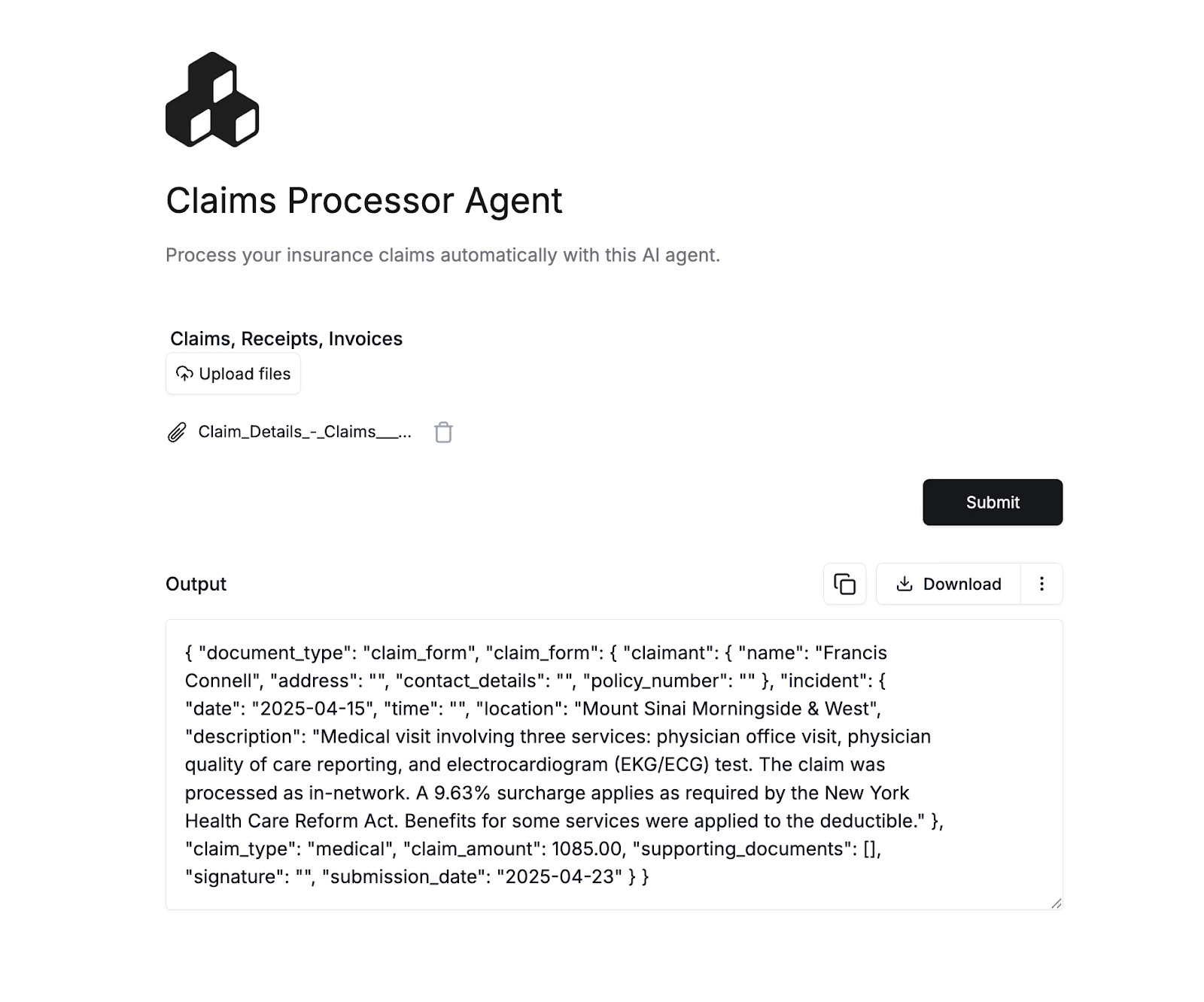

























![[The AI Show Episode 150]: AI Answers: AI Roadmaps, Which Tools to Use, Making the Case for AI, Training, and Building GPTs](https://www.marketingaiinstitute.com/hubfs/ep%20150%20cover.png)
![[The AI Show Episode 149]: Google I/O, Claude 4, White Collar Jobs Automated in 5 Years, Jony Ive Joins OpenAI, and AI’s Impact on the Environment](https://www.marketingaiinstitute.com/hubfs/ep%20149%20cover.png)



